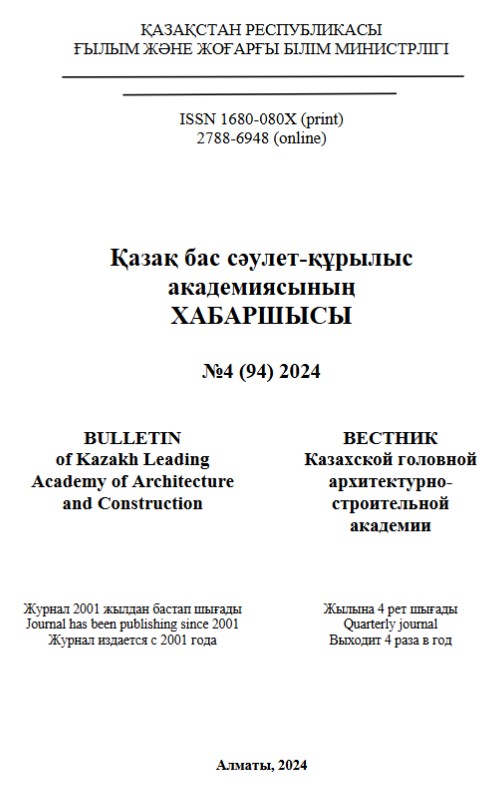Abstract
Sulfate corrosion of concrete is the most common type of corrosion in Kazakhstan and is a complex physical and chemical process depending on many factors. Therefore, we studied the processes of cement and concrete corrosion in sulfate corrosive media. Methods of corrosion resistance assessment were developed taking into account the basic provisions of the theory of heterogeneous chemical processes occurring in cement stone or concrete under the action of various aggressive media. When studying the behavior of cement stone (concrete) in aggressive solutions, researchers use different criteria to evaluate corrosion resistance. In some cases, the criterion is based on the comparative change in the chemical composition of cement stone before and after exposure to aggressive solution, in others - on the change in the mechanical characteristics of concrete, and thirdly, on the magnitude of their volumetric deformations. Analysis of the study of the microstructure of cement stone of three compositions, showed the presence of clusters of elongated tubular crystals in the form of "needles", which are characteristic of the morphology of ettringite, formed in the zone of micropore formation. It was found that in the crystals of the modified cement stone their size decreases from 80 to 110 nm, which is significantly lower than in the control composition - from 200 to 300 nm and from 100 to 200 nm. Research on the strength of concrete with micro silica consumption from 10 to 15%, the results of which showed an accelerated process of hydration.


